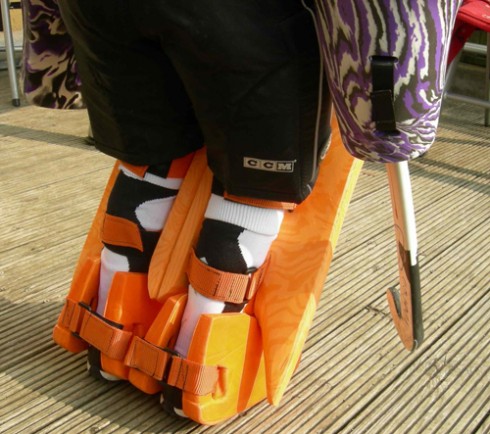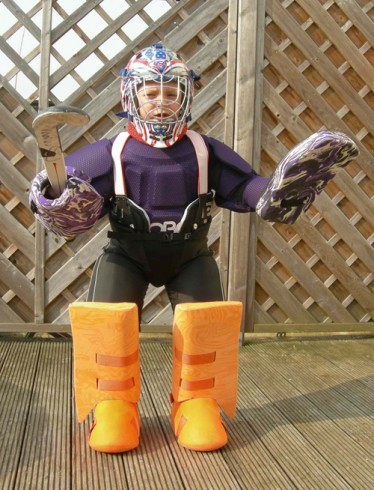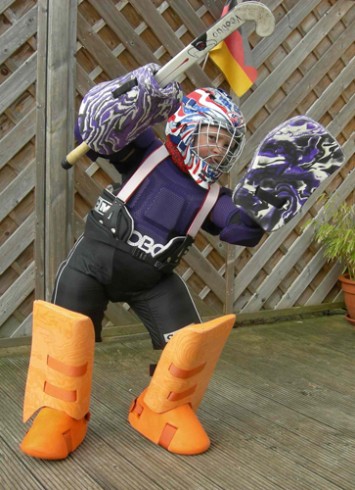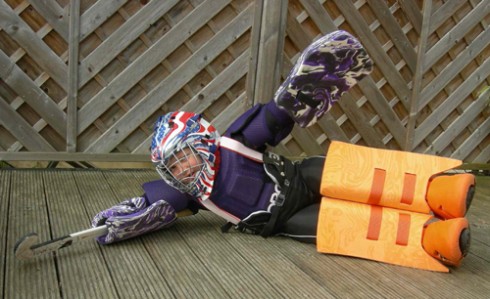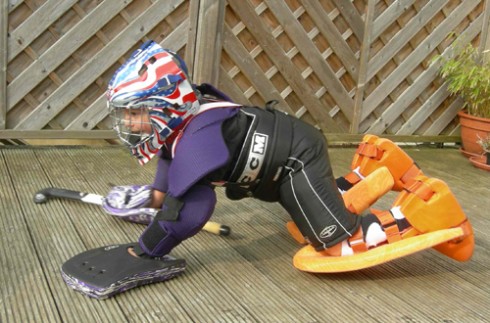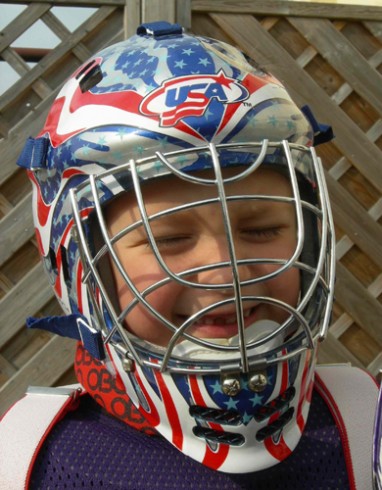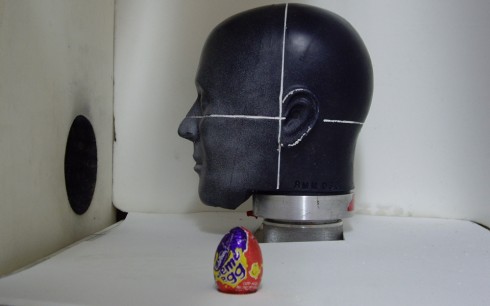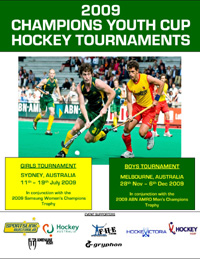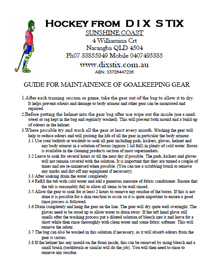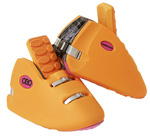Consequent rebound shots after the initial save are one of the hardest jobs for a goalkeeper to deal with. Unable to clear the ball and with going straight back out into play, further shots are guaranteed, with the shooter having more and more chances to bury it. The longer the ball stays in the D, the more chances the opposition has to shot in on goal, so you want to do all in your power to get rid of it. These are the types of situations that can either be a goalkeeper’s recurring nightmare, or their team’s saving hour!
What to do
If you do have to face multiple shots, then you want to be able to react to each one – concentrating on the single save each time to maximise your ability to stop the ball. ‘Keeping your head on’ and staying confident will make the save much easier to complete as you are comfortable in dealing with the pressure of the situation. Don’t ‘lose your head’, diving around all over the place and putting yourself in danger.
If you have to run back or across into cover open space, then be calm about it; using speed, but concentrating on the related angles and appropriate positioning to the shooter. The sooner you get there, the more area you can block if the shot comes in (if the shooter takes their time, then you have even more of an advantage!).
With the shot coming from the other side of you, as a pass is made, or the ball was redirected there, you will have to race back to cover the changed angle. If the shot is closer in (i.e. it went to outside of you on the save), then you can step and shuffle across to move into the space and shot.
Getting into the ‘zone’ really helps. As soon as you get going, you’ll feel unstoppable. But don’t forget to clear if you can, otherwise all your attempts will be fruitless.
Pointers:
- Stay back and react to the shot as it comes in, giving you more reaction time for the save
- If the shot is raised, try to stay on your feet as the ball could end up going over you; unless it is not possible to do so.
- If you have to dive across, as you are likely to be forced into extending on side shots, then get up as soon as possible, otherwise you will be ‘down and out’, giving away a goal to the shooter
- The sequence of potential saves is all dependent on the speed of recovery: the sooner you get back up, the more time you have to make that split-second difference in reacting to the next save
- Never surrender: don’t give up and keep battling to keep the ball out of the net
The longer the ball stays in the D, the more time and opportunity the opposition has to score. Get rid of the ball as soon as possible.
Closing down the attacker
If you are alone with against the attacker (i.e. you have no defence and are left to deal with the play), then you can run out to meet them. By reacting quickly and instantly running out to meet them in-tight, you immediately close down the available shooting space and force them to move around you, or shoot straight into you. If the shot is released then you are in a capable position to stop it – being on the ‘doorstep’ to cover the strike.
Pointers:
- Square up to the shooter, covering the angle close, so that they have little to shoot at (unable to see much of the goal) – forcing the shot into you for an easy save
- Channel them; going out on the angle, to reach the top of the triangle, to cover the sides
- Be ready to block as you are so close; dropping your hands to face the shooter to provide more coverage
- Also be aware of a shot between the legs (with a gap there) and be ready to close them together
- Remember to react – if an acute angle shot to the edges of goal is attempted, you need to stop it
- Make sure you have lightning fast reflexes (sharpen them if needs be) to be able to react, as the shot will be so close , giving you little time to react
Rule of thumb:
If the shooter is alone then come out and challenge to make their life harder; only a good shot should beat you.
If there are multiple shooters then ‘hang back’ and react to it, as there are more options to deal with and more space to shoot at.
If the shooter does move, instead of shooting, be ready to move with them and tackle of stop a shot.
Eliminating the second save
When making the save, you want to be able to clear it away as soon and as safely as possible, so that further opportunities can’t develop. By getting rid of the ball, you are effectively stopping any further chance of scoring – shutting down the opposition.
The best place to put the ball is out to the sides or the back line, where attackers cannot get hold of it, as it is now out of play (try to clear the rebound on the save, but you can use a kick if needed after the initial save). If not, then kick it as far as you can away from danger, preferably outside the D, so that you have time to recover, reposition and get set for the next shot. Otherwise, try to get it to a defender who can then clear it away with their stick, or pass to another team mate to keep hold of possession.
If the ball has gone out on the save, depending on the rebound quality of your kickers and pads, you will have to chase it down to get in reach of clearing it. Don’t be static or laid back; actively come out to get to the ball and make a strong clearance out of harm’s way. That way you will be able to respond better and get more behind it, as you have more time to think and see the space available.
Be decisive: take charge of the game.
Remember: you can’t intentionally kick the ball back line after the shot is stopped. If you do, then you will be penalised with a short corner (the sidelines are still okay though). On making the save to push away, it needs to be a fluid single movement; angling the kicker or pad to turn away the ball in the correct direction.
First save mindset
You should focus on each save as it presents itself – concentrating on that shot singularly each time. Your priority is the first save: make the save and eliminate the rebound, and you prevent any further scoring chances. No more chances means no goals.
Lots of coaches teach the maxim (saying) of ‘one shot only’. They want professionals at the top of their game to make that one save on that one shot – they don’t want them messing things up by giving the opposition more opportunities than they should have.
If you watch football/soccer and look at the way rebound goals occur, then you should learn for your own game; say if a keeper ‘spills’ the shot; dropping the ball or failing to smother it, it is all too easy for the shooter to come in again and put it past the downed keeper.
Focus on the first save – prioritise the save and the controlled clearance of the rebound. Don’t give away further chances.
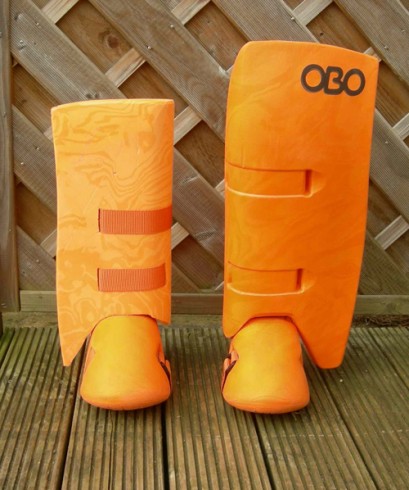
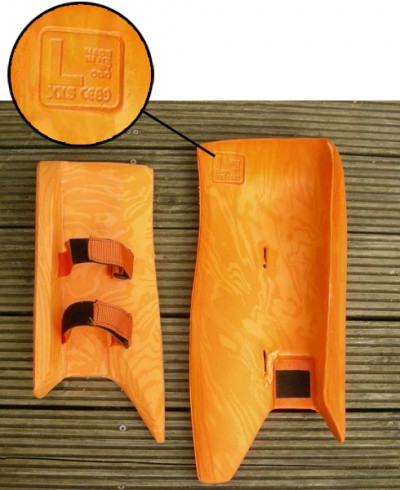
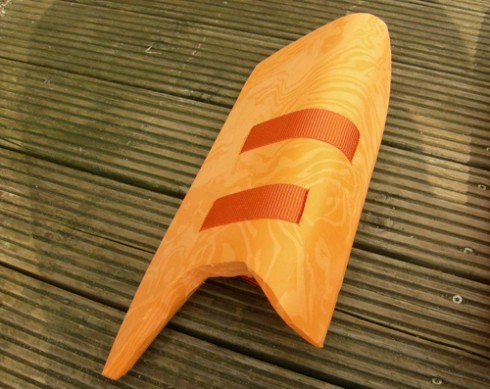 Custom XXXS OGO
Custom XXXS OGO Custom XXXS OGO Kicker Tongue Grove
Custom XXXS OGO Kicker Tongue Grove